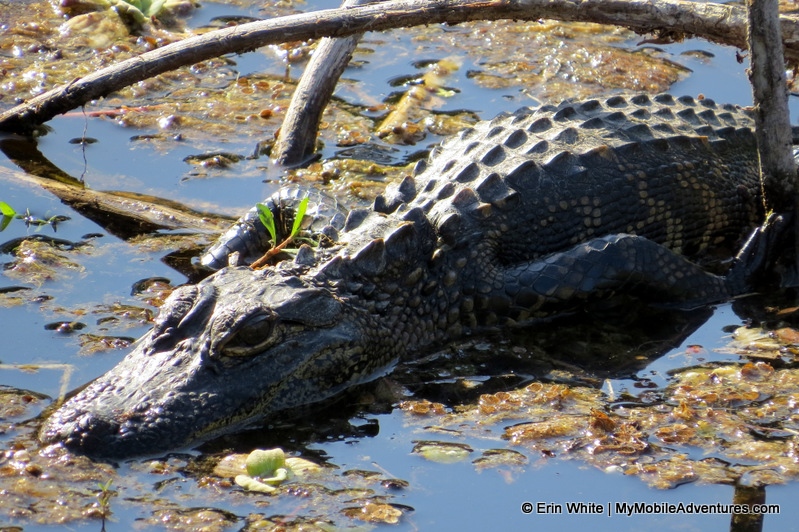|
| |
Certification Criteria: Information Accuracyby Pete Corradino Have you been on a tour where the guide dispenses information that you know is incorrect, partially true or just a twisted version of the truth? Have you been on a tour where the guide dispenses information that you know is incorrect, partially true or just a twisted version of the truth?Criteria #11 on the Certification Checklist states “Information must be accurate with an allowance for correctable/inadvertent mistakes.” Seems reasonable. Every tourist deserves accurate information but occasionally misinformation makes its way to the ears and eyes of travelers. Chances are you have heard some whoppers. Perhaps you’ve accidentally told one or two. I know I have. As tour operators we are asked hundreds of questions and we want to answer them all but even the best guides will be stumped from time to time. When you don’t know, the best answer is “I don’t know but I can find out”. As far as information that we dispense on a daily basis, it’s important we check our sources. While I encourage recycling, I often hear recycled misinformation that has been passed from guide to guide. Even if it sounds right, do some research before you incorporate the information into your tour. Information can also be transformed in a process similar to the telephone game we played as kids.
Dates and numbers can shift like the sands of time as well. Here too it’s important that we get the facts straight. I took a tour a few years ago where the tour guide proclaimed Ponce de Leon arrived on the shores of Punta Gorda in 1612 and met the Seminoles there. The year was 1513 and it was the Calusas. The list of examples is endless but the point is, as tour operators it’s our responsibility to represent the cultural and natural history information correctly. Developing thoroughly referenced manuals for staff is a great way to maintain consistent messaging. New staff have an opportunity to learn the material you wish to present while current staff have a resource to check their facts. A manual is also an asset if you wish to sell your business. Additionally, Criteria #12 states “Written interpretive materials must have at least two references to support factual information.” If you have interpretive displays, brochures, websites or any other type of materials for public consumption, the information should be supported by authoritative references. Yahoo Answers doesn’t count! Carl Linnaeus, Swedish botanist and father of our modern day system of taxonomic classification once said, BACK to The Florida SEE Grapevine, April 2013 | |
| The Florida SEE Grapevine - April, 2013 |